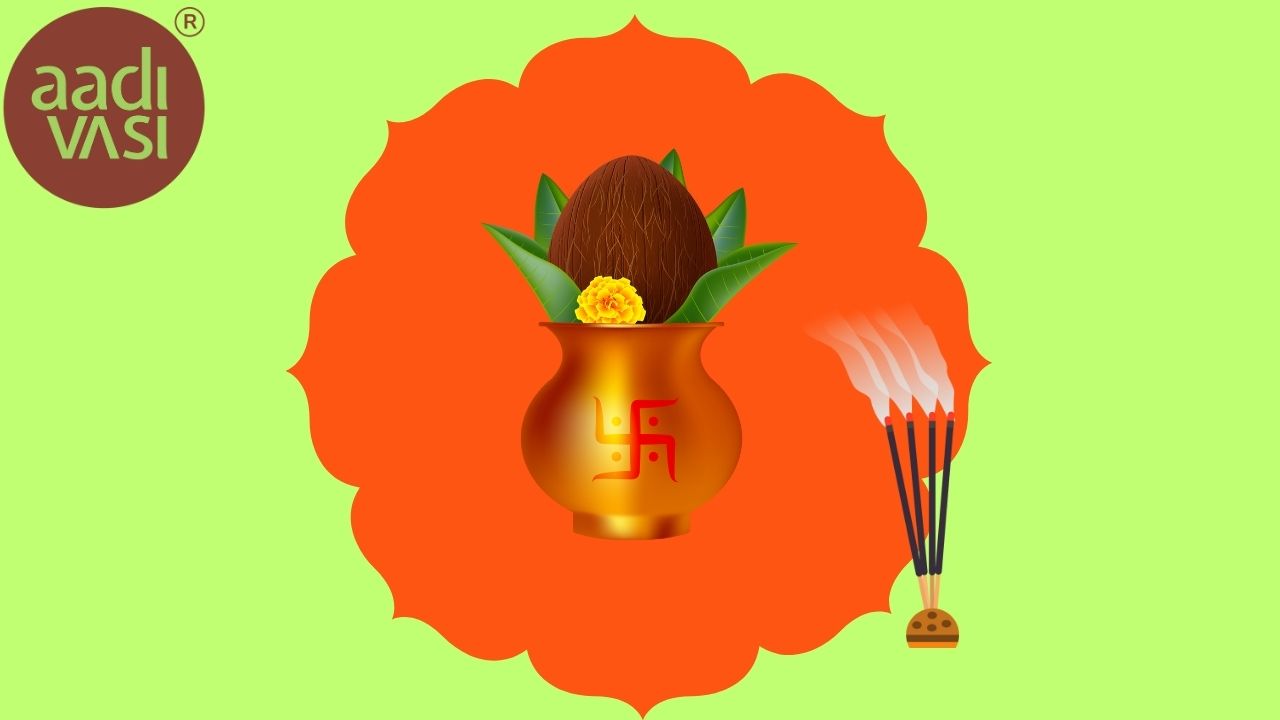Aadivasi Festivals and Gangaur: A Celebration of the Forgotten, A Story Told in Silence

Aadivasi Festivals and Gangaur: A Celebration of the Forgotten, A Story Told in Silence
The forests know. The rivers, too. They have seen the Aadivasi festivals long before cities were cities and roads were roads. They have watched women smear turmeric on their faces, whispering prayers that are neither learned nor borrowed. And yet, Indian tribal festivals remain footnotes in the grand narratives of cultural heritage, erased by those who build temples but forget the people who first spoke to gods in the language of trees.
Among these, Gangaur Festival Traditions exist—like a song half-remembered. For some, it is about Gauri, the wife, the devoted, the giver of marital bliss. But for those who refuse to be contained by neat, written histories, Gangaur and Aadivasi rituals mean something else. Something older. Something wilder.
The Art of Those Who Have Been Forgotten
In the paintings that emerge from calloused hands, the faces of gods do not look like the ones in textbooks. They have the eyes of the people who paint them—sharp, knowing, rebellious. Aadivasi art and festivities (aadivasi.org) do not ask for permission to exist. They are painted on walls, carved into wood, stitched into fabrics that will never be displayed in glass cases.
And yet, the irony. The world looks at these crafts and calls them “exotic.” Corporations, in their polished boardrooms, search for “ethical gifting solutions,” and somewhere in the margins of their spreadsheets, they discover aadivasi.org. A place where corporate gifting becomes an act of preservation, where Aadivasi cultural heritage is repackaged and resold, yet never truly understood.
Women Who Worship Without Asking Permission
The women of the tribes—Adivasi women and Gangaur—do not stand in lines, do not wait for their turn. They do not pray with folded hands; they dance instead. In the villages where no tourism brochures go, Gangaur is not just a festival. It is resistance. It is the sound of anklets moving against the dusty earth. It is the defiance of tradition by those who have always been tradition itself.
There is no fasting. No structured processions. The folk traditions of Gangaur in these hidden pockets of India are chaotic, loud, untamed. The women gather around a fire, their faces lit by flames, their songs older than ink. They tattoo their bodies with symbols of the land because land is all they have.
Dancing With the Gods Under a Moonless Sky
Aadivasi dance and music in festivals do not belong to stages, do not seek applause. They belong to the night, to the forests, to feet covered in dust and sweat. The drums speak in pulses, the flutes tell stories without words. And the women—oh, the women—they dance as if they are the gods themselves.
In these moments, Adivasi lifestyle and celebrations are not performances. They are survival. They are history that refuses to be erased.
Gangaur: A Story That Refuses to Be Boxed
The festival, much like the people who keep it alive, is not one thing. It is not just Rajasthan. Not just Madhya Pradesh. It moves, shifts, takes the shape of those who carry it. In Gujarat, in Chhattisgarh, in places unseen, Gangaur Festival History unfolds without the need for validation.
And yet, the world looks away. Prefers to see the polished versions, the ones sanitized for easy consumption. The sanitized stories of tribal festivities in India that fit neatly into textbooks and travel blogs.
But the real stories? They exist in the shadows, in the cracks of a history that was never meant to be written. In the rhythm of feet on soil. In the hands that paint without rulers, that carve without rulers.
And the rivers, the forests, the wind—they know. They always have.

